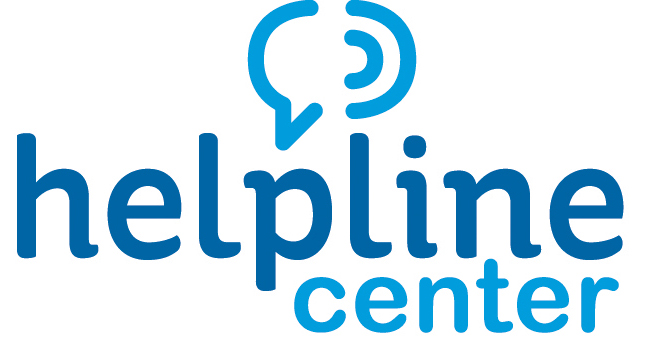I attempted suicide
We are here to support you and we want to provide you with a safe space to share and heal. . Connect one of our caring and professionally trained staff by calling 1-800-273-8255. We can be reached 24 hours a day, 7 days a week.
In suicide prevention, life experience with suicide is referred to as “lived experience.” People with lived experience include those who have suicidal thoughts or behaviors or someone who has attempted suicide.
Suicide is complex, and after a suicide attempt it can be a confusing and emotional time. You might still be facing the thoughts and feeling that led you to consider suicide, and now you may be struggling to figure out what to do since you survived. More than likely your decision to try to kill yourself didn’t come out of the blue. It probably developed over time, perhaps from overwhelming feelings that seemed too much to bear. It’s okay to have these feeling and you don’t have to have all of the answers to heal from this experience. Just as it took time for the pain that led to your suicide attempt, it may also take some time for it to subside. The important thing is that you are here and you are alive, which means you have time to find healthier ways to cope with your pain.
Taking the First Steps to healing and hope:
- Many people who survive a suicide attempt begin to see those challenges that they faced in a new light, and realize there are people available to support them.
- Re-establishing connections may help you feel better. Support can make things easier. Think of the people in your life who are important to you. What things do you enjoy doing? What gives you a sense of purpose in life? What are my reasons for living?
- Safety Plan: A safety plan is a tool that can help you identify triggers that lead to suicidal thoughts and can help you cope if the pain that led to your suicide attempt returns. A safety plan is a written list of coping strategies and resources to help you survive a suicidal crisis.
You can contact Helpline Center at 1-800-273-8255 to help you develop your safety plan.
- Developing your safety plan:
- What triggers my suicidal thoughts?
- What can I do to take my mind off these thoughts?
- Where can I go or who can I talk to feel better?
- Who can I ask for help?
- What resources can I contact if I’m in crisis? Crisis Line: 1-800-273-8255
- Keep my environment safe. Are there items around me that may put me in danger? What items am I most likely to use to harm myself? How can I safely remove them for the time being? Who can I call to come and get them?
- Incorporate reasons for living and hope in your safety plan.
- Find a mental health counselor. When looking for a counselor, it might be difficult to know where to start. Your doctor may have suggestions for you. You can also call the Helpline Center by calling 211 to help you find a counselor in your area.
- Join a support group. A support group is helpful because you meet others who've had experiences similar to yours. It can be a huge relief to learn that you are not alone and there are others who feel the way you do. It can also is helpful to learn about strategies others have found that help them.







